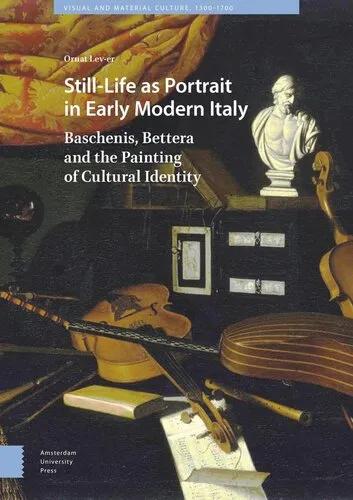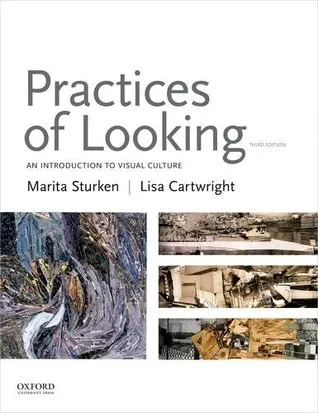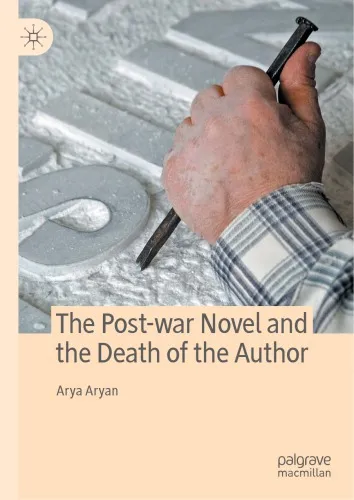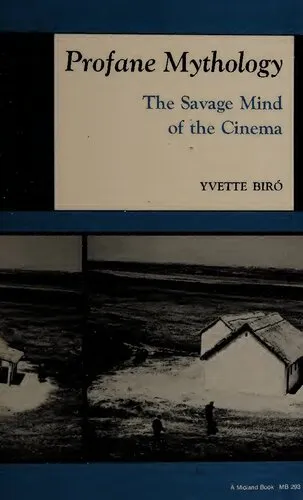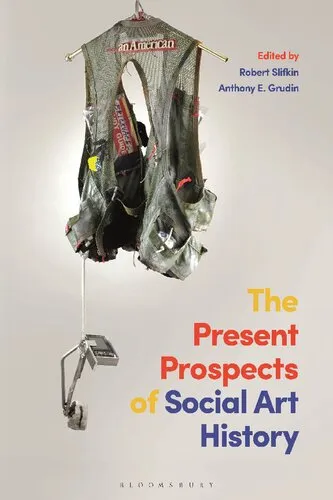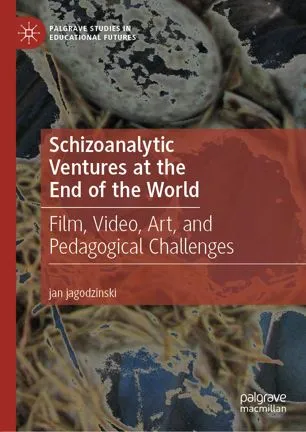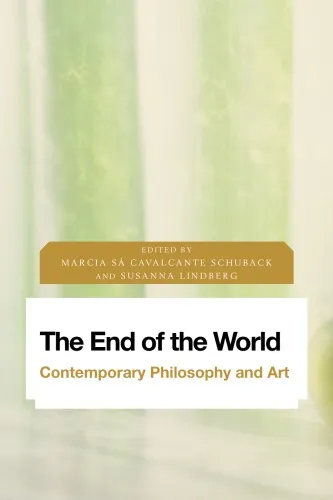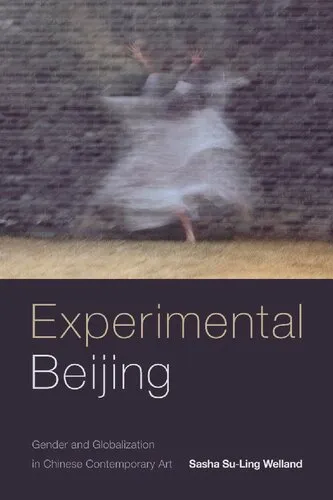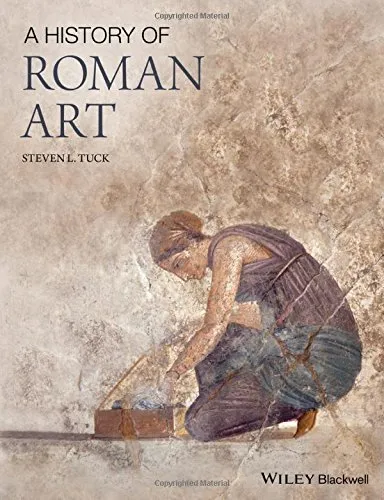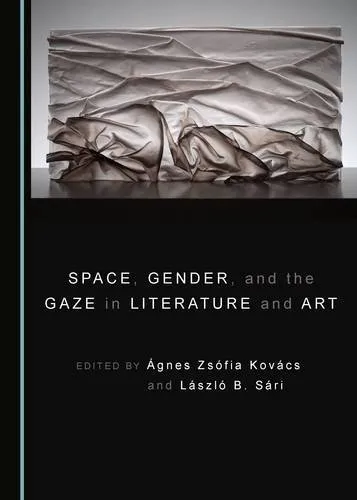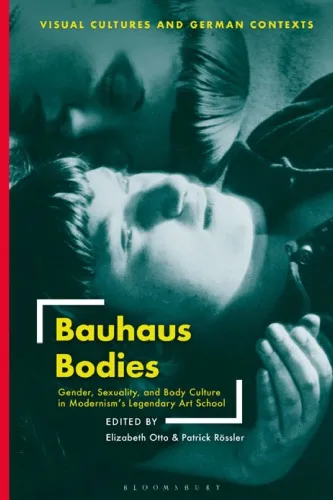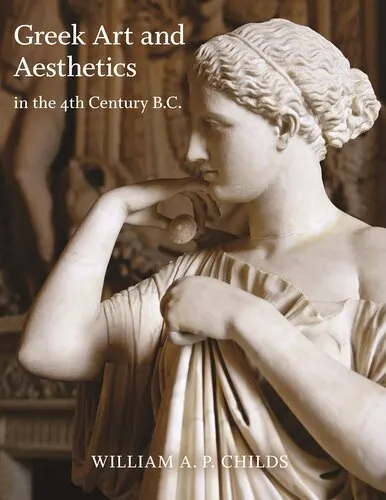Still-Life as Portrait in Early Modern Italy: Baschenis, Bettera and the Painting of Cultural Identity
4.9
بر اساس نظر کاربران

شما میتونید سوالاتتون در باره کتاب رو از هوش مصنوعیش بعد از ورود بپرسید
هر دانلود یا پرسش از هوش مصنوعی 2 امتیاز لازم دارد، برای بدست آوردن امتیاز رایگان، به صفحه ی راهنمای امتیازات سر بزنید و یک سری کار ارزشمند انجام بدینکتاب های مرتبط:
خلاصهای جامع از کتاب
کتاب Still-Life as Portrait in Early Modern Italy: Baschenis, Bettera and the Painting of Cultural Identity اثری برجسته و نوآورانه است که به بررسی نقش طبیعت بیجان بهعنوان پرتره در اوایل دوره مدرن ایتالیا میپردازد. این کتاب، هنرپردازیهای هنرمندان مشهوری همچون Baschenis و Bettera را مورد بررسی قرار داده و سعی دارد تا نشان دهد چگونه این تصاویر بیجان نقشی کلیدی در شکلگیری هویت فرهنگی بازی کردهاند. این اثر نه تنها به تحلیل زیباییشناسی این آثار میپردازد، بلکه به بافت تاریخی و فرهنگی که این آثار در آن خلق شدهاند نیز توجه ویژهای دارد.
یادگیریهای کلیدی از کتاب
- شناخت عمیقتری از چگونگی ارتباط میان هنرمندان و فرهنگ دورانشان و تأثیر آن بر هنر طبیعت بیجان.
- درک بهتر از تکنیکها و سبکهای هنری Baschenis و Bettera که همچنان الهامبخش هنرمندان معاصر است.
- تجزیه و تحلیل چگونگی انعکاس هویت فرهنگی و اجتماعی در تصاویر بیجان هنری.
نقلقولهای مشهور از کتاب
هنر طبیعت بیجان، دریچهای است به دنیای درون و برون انسانها، جایی که هویت و فرهنگ در هم تنیده میشود.
تصاویر بیجان نه تنها برای زیبایی آنی بلکه بهعنوان اسنادی فرهنگی که قصههای مردم و زمانه خود را بازگو میکنند، ارزشمندند.
چرا این کتاب مهم است؟
این کتاب به دلایل متعددی از اهمیت ویژهای برخوردار است. اول این که به شکلی نوین به بررسی هنر طبیعت بیجان پرداخته و آن را بهعنوان ابزاری برای بیان هویت فرهنگی معرفی میکند. در زمانی که تمایز و تشخیص فرهنگی اهمیت فزایندهای پیدا کرده است، درک چگونگی مشارکت هنر در این فرآیند میتواند به بینشهای عمیقتر در مورد فرهنگها و جوامع مختلف منجر شود. علاوه بر این، این اثر با فراهمکردن تحلیلی جامع و دقیق از آثار Baschenis و Bettera، پاسخی به نیاز به مستندات دقیق هنری و تاریخی است.
"Still-Life as Portrait in Early Modern Italy: Baschenis, Bettera and the Painting of Cultural Identity" explores an intriguing intersection of art history and cultural analysis, shedding light on two remarkable artists who shaped still-life painting during the Early Modern period in Italy. As an illuminating journey through the rich visual culture of this time, this book offers a deeper understanding of how artistic expressions are deeply intertwined with cultural identity.
Detailed Summary
This book delves into the works of Evaristo Baschenis and Bartolomeo Bettera, two pivotal figures in the development of still-life paintings in 17th-century Italy. It examines how their meticulous attention to detail and innovative use of objects transcended mere representation to become a vehicle for cultural narratives. Baschenis and Bettera were masters of the still-life genre, using everyday objects such as musical instruments, books, and food items in their paintings, which served as a metaphor for cultural and intellectual richness. The exploration in this book not only focuses on the aesthetics but also offers a profound commentary on social identity, technology, and intellectual life.
"Still-Life as Portrait" argues that these paintings, often dismissed as mere decorative art, in fact, acted as nuanced portraits of the time, capturing the zeitgeist with vivid clarity. The book meticulously analyzes how the objects depicted served as symbols of knowledge, status, and aspiration, reflecting broader trends in intellectual and social history. Through detailed analysis and comparison of select paintings, readers are encouraged to reconsider the cultural and historical significance of seemingly mundane objects, understanding them as conduits for exploring personal and collective identity.
Key Takeaways
- The integration of symbolic objects in still-life paintings serves as a reflection of contemporary socio-cultural and intellectual phenomena.
- Baschenis and Bettera transformed still-life painting into a form of cultural and intellectual portraiture that encapsulates the broader context of their time.
- Analyzing art through a cultural lens allows a deeper insight into historical frameworks and encourages a contemporary appreciation of classical works.
- The book invites readers to appreciate art beyond its aesthetic function, considering its role as a historical document.
Famous Quotes from the Book
"The still-life unveils the extraordinary contained within the ordinary, inviting a conversation with history itself."
"In their quiet precision, these paintings echo the complexities of identity itself, layered and multifaceted."
Why This Book Matters
"Still-Life as Portrait in Early Modern Italy" is more than a study of art; it’s an exploration of cultural dynamics and identity through the lens of visual representation. This book is essential for scholars and enthusiasts of art history, providing a fresh perspective on the intersection of still-life painting and cultural identity. It contributes to the discourse on how art interprets and reflects cultural transitions and societal values over time.
By showcasing the complex interplay between art and cultural history, the book invites modern readers to reevaluate historical artworks through a contemporary lens. It underscores the relevance of art as a historical narrative, which continues to influence our understanding of the past and its impact on the present. For anyone keen on unraveling the intricate layers of cultural history portrayed through still-life art, this book serves as a vital resource.
دانلود رایگان مستقیم
شما میتونید سوالاتتون در باره کتاب رو از هوش مصنوعیش بعد از ورود بپرسید
دسترسی به کتابها از طریق پلتفرمهای قانونی و کتابخانههای عمومی نه تنها از حقوق نویسندگان و ناشران حمایت میکند، بلکه به پایداری فرهنگ کتابخوانی نیز کمک میرساند. پیش از دانلود، لحظهای به بررسی این گزینهها فکر کنید.
این کتاب رو در پلتفرم های دیگه ببینید
WorldCat به شما کمک میکنه تا کتاب ها رو در کتابخانه های سراسر دنیا پیدا کنید
امتیازها، نظرات تخصصی و صحبت ها درباره کتاب را در Goodreads ببینید
کتابهای کمیاب یا دست دوم را در AbeBooks پیدا کنید و بخرید
1256
بازدید4.9
امتیاز0
نظر98%
رضایتنظرات:
4.9
بر اساس 0 نظر کاربران
Questions & Answers
Ask questions about this book or help others by answering
No questions yet. Be the first to ask!
